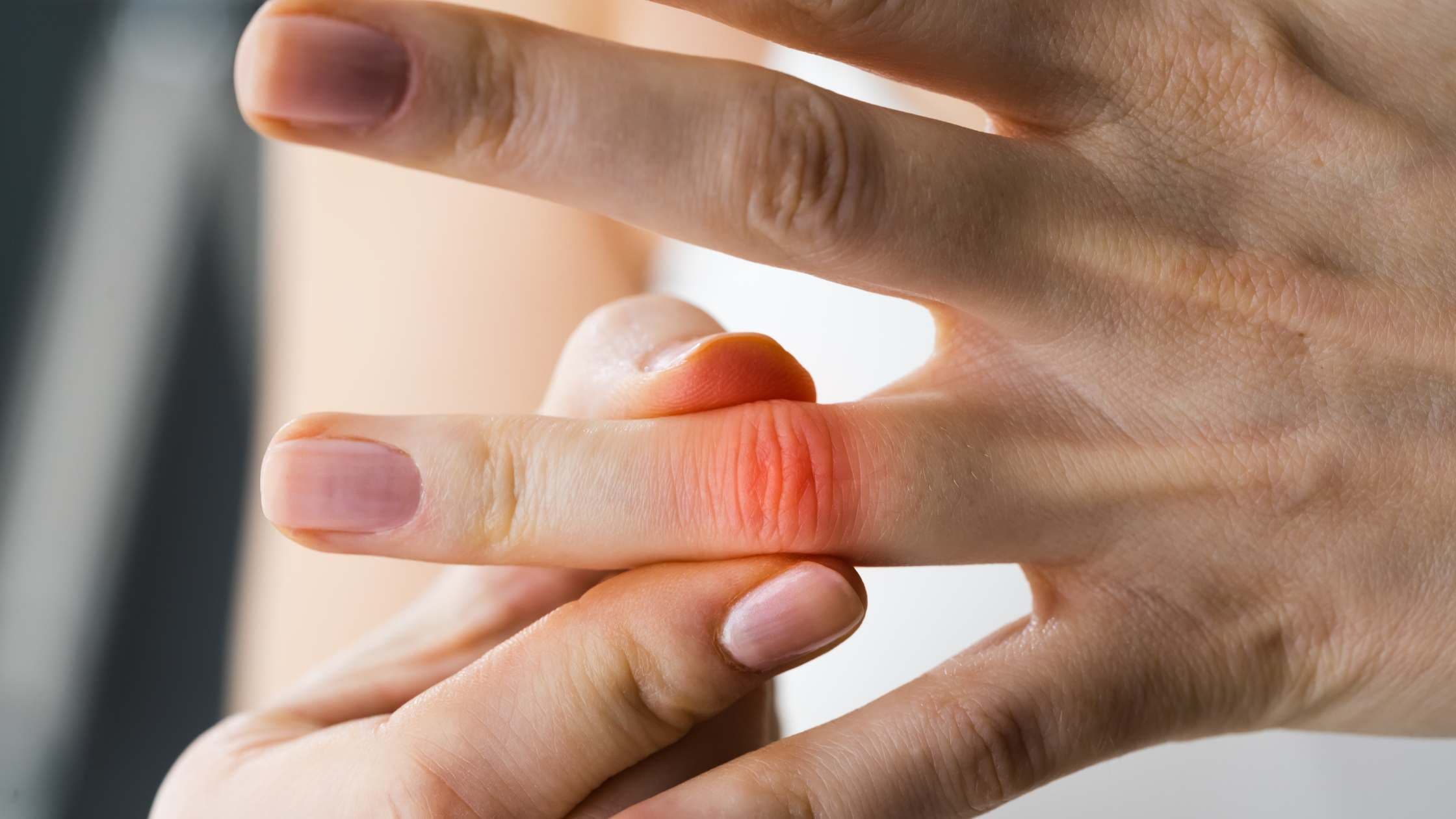Finger Sprains: Understanding the Ouch in Your Digit
Ever jammed your finger while playing catch or fumbled a heavy object? The throbbing pain and limited movement that follow are likely due to a finger sprain. While not a serious injury, a finger sprain can disrupt your daily activities and needs proper attention for healing.

What is a Finger Sprain?
A finger sprain occurs when the ligaments, the tough bands of tissue that connect bones at a joint, in your finger get stretched or torn. Sprains can happen to any of the finger joints, but the most common ones are the proximal interphalangeal joint (PIP joint), located in the middle of the finger, and the distal interphalangeal joint (DIP joint), closer to the tip.
Causes of Finger Sprains
Finger sprains are a common sports injury, but they can also happen due to everyday activities. Here are some frequent culprits:
- Blows or falls: Hitting your finger on a hard object, catching a ball the wrong way, or falling and landing on your hand can all sprain a finger.
- Overuse: Repetitive gripping or forceful activities like rock climbing can overuse the ligaments, leading to a sprain.
- Awkward grips: Gripping an object awkwardly or with excessive force can put undue stress on the ligaments and cause a sprain.
Symptoms of a Finger Sprain
The telltale signs of a finger sprain can vary depending on the severity, but generally include:
- Pain: This is the most common symptom, usually located around the injured joint. The pain can be sharp, throbbing, or dull.
- Swelling: The sprained area will likely become swollen, making the finger appear puffy.
- Tenderness: The injured area will be sensitive to touch.
- Bruising: Discoloration of the skin around the sprain may occur due to bleeding under the skin.
- Stiffness: Movement of the affected joint may be limited or painful.
- Deformity: In severe sprains, the finger might appear crooked or bent at an abnormal angle.